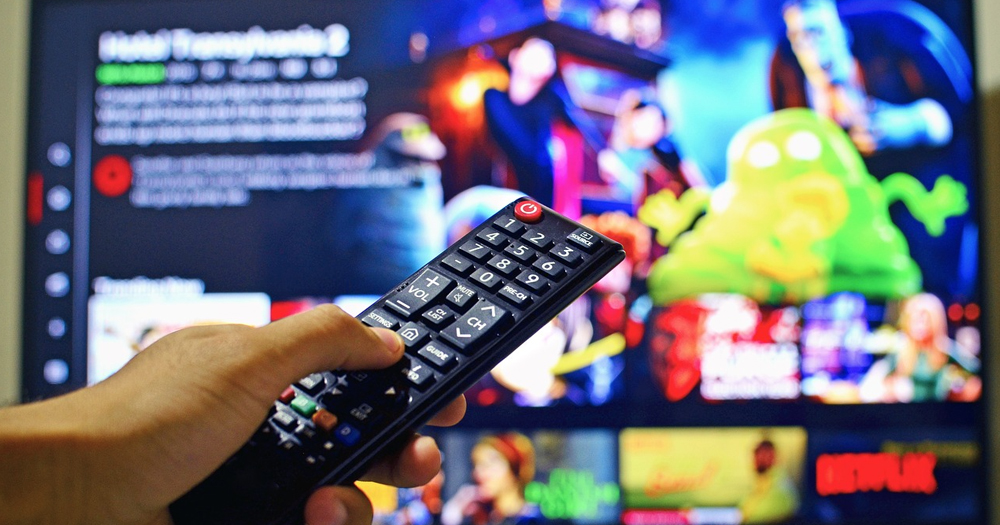In recent years, there has been noticeable progress in the representation of queer characters in mainstream media. We now get to see gay, lesbian, trans, bi and queer characters in very popular films and TV shows. However, if we take a closer look and examine this matter from a critical point of view, we can conclude that representation doesn’t always equal accuracy.
In fact, a misleading representation of the queer community in the mainstream can be even more harmful than none at all, because it can lead to stigma and prejudice. This is because television works ideologically to promote and circulate some meanings rather than others, as well as to serve some social interests.
It’s crucial, then, to critically examine the types of queer representation that dominate the mainstream. Below are some of the most common—and often problematic—forms of queer portrayal:
Negative representation
As the word says, this kind of representation occurs when queer characters are based on negative stereotypes or portrayed as ‘bad’.
In these cases, a character’s sexuality is often linked to negative traits, such as being a murderer, a stalker, or a sexual predator. These depictions perpetuate the dangerous idea that queer people are a threat to society.
In some instances, queer characters are also associated with mental illness, further stigmatising both LGBTQ+ identities and mental health issues.
Token representation
In slang, token means ‘just for show’. Used in a media context, it can be referred to as the practice of including a small number of members of a marginalised group in a media representation, in an attempt to appear diverse or inclusive.
However, those characters barely have an identity or a notable role within the storyline. The line between tokenisation and representation is very thin because while tokenism may appear to be a step toward inclusivity, it’s essentially a form of ‘no representation’ in disguise.
A member from the community is being portrayed just to make the public think that representation has been achieved, so media producers can claim diversity without truly reflecting it.
Queerbaiting
You come to think that finally one of the main characters of the movie or series might be queer… but you never find out. Why? Because there’s no clear evidence of it.
That’s what queerbaiting is about – a marketing technique involving intentional homoeroticism or suggestions of LGBTQ+ themes intended to draw in an LGBTQ+ audience, without explicit inclusion of openly LGBTQ+ relationships or characters.
Retroactive representation
The adjective ‘retroactive’ refers to something happening now that affects the past. It is commonly used in many shows – when the creator explicitly claims that a certain character is LGBTQ+, although nothing in the story confirms it.
So what’s the point of it? It’s basically like ‘no representation’ at all. Again, another form of damaging queer representation in the mainstream. While retroactive uses may seem like progress, they do little to improve the actual representation of queer people in media.
Sob stories
This is a sentimental human-interest story, especially designed to arouse sympathy. It is usually very acclaimed by the audience because it depicts queer-centred narratives that accurately represent queer existence and struggles.
This queer representation helps in a visually entertaining as well as educational way for cis people to understand and empathise with the LGBTQ+ community.
On the other hand, the hard content that is being depicted can sometimes be triggering for some LGBTQ+ people, because it can make them reminisce about some past experiences they might want to forget about.
Moreover, such narratives can perpetuate the stereotype that being queer is inherently tragic, which is far from the reality of LGBTQ+ existence as well as a superficial approach to the queer world.
Idealistic representation
This kind of depiction portrays a world where queerness isn’t stigmatised. It is almost a utopian world for queer people, in which they are not marginalised or don’t suffer any bigotry for their sexuality.
The message behind this representation is to, on one hand, normalise the existence of queer people for cis-het people and, on the other hand, to provide a wholesome and encouraging depiction to queer people of what a future world with no homophobia and transphobia could look like.
However, while these portrayals can be uplifting and inspiring, there’s a risk of presenting an unrealistic vision that overlooks the ongoing struggles faced by queer people in the real world.
Representation is crucial because it gives a sense of ‘belonging’, it makes a member feel that they are part of society. Positive queer representation in the mainstream helps increase self-esteem, reduces stereotypes and provides validation and support among cisgender and heterosexual audiences.
For queer representation to be meaningful, it must meet two key criteria. Firstly, an appropriate recognition. How many LGBTQ+ people are visible in today’s society? Surely a higher number than what is being depicted on TV.
Secondly, a respectful approach, which means avoiding harmful representation such as tokenisation, queerbaiting, and retroactive claims.
Being critical of the media we consume can change the world we live in. For this reason, it is necessary to be aware of the kind of content that we consume and the stereotypes that we are perpetuating.
© 2025 GCN (Gay Community News). All rights reserved.
Support GCN
GCN is a free, vital resource for Ireland’s LGBTQ+ community since 1988.
GCN is a trading name of National LGBT Federation CLG, a registered charity - Charity Number: 20034580.
GCN relies on the generous support of the community and allies to sustain the crucial work that we do. Producing GCN is costly, and, in an industry which has been hugely impacted by rising costs, we need your support to help sustain and grow this vital resource.
Supporting GCN for as little as €1.99 per month will help us continue our work as Ireland’s free, independent LGBTQ+ media.
